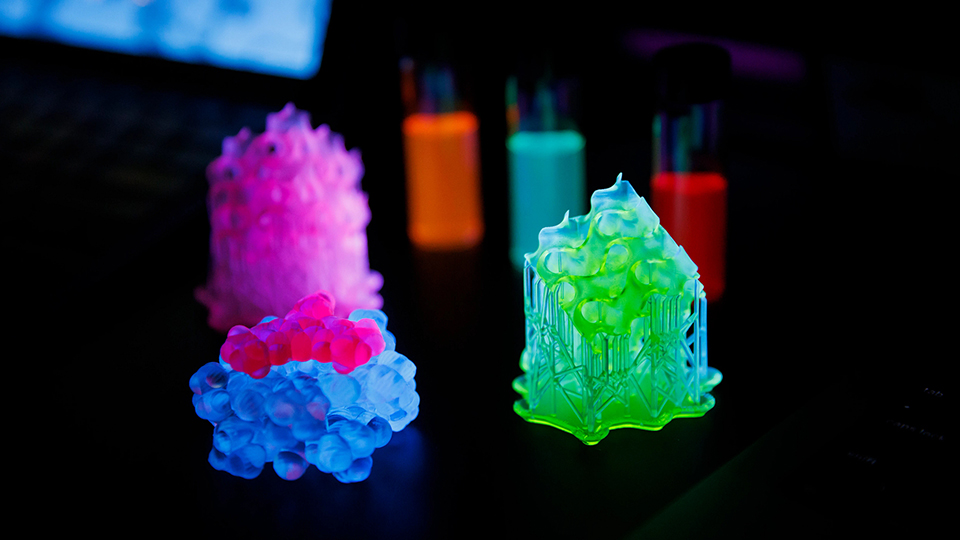IU researchers awarded NSF grant for fluorescent materials discovery
Subscriber Benefit
As a subscriber you can listen to articles at work, in the car, or while you work out. Subscribe Now
BLOOMINGTON, Ind. - The National Science Foundation has awarded a trio of researchers at Indiana University Bloomington $1.8 million to advance research on a unique invention. The researchers discovered the world’s brightest-known fluorescent solid materials, which the university says could be used to advance technologies such as solar panels, solid state lasers, and medical imaging devices.
The materials are known as small-molecule, ionic isolation lattices, or SMILES. IU says they have an “unprecedented brightness” that does not dim or change color during the production process.
“SMILES are a foundational material — a totally new material,” said researcher Amar Flood. “There’s never been anything quite like them, so this grant will help us understand more about their properties, as well as how they might be used to improve existing technologies or advance new ones.”
Flood and his partners, Krishnan Raghavachari and Sudhakar Pamidighantam received the funding, which comes from the NSF’s Designing Materials to Revolutionize and Engineer Our Future, or DMREF, program.
IU says the funding will support additional research using experimental chemistry, computational chemistry and data science.
The findings are also expected to benefit Halophore, an Indianapolis-based company led by IU researcher Chris Benson. The company was founded in 2020 to explore the commercial applications of SMILES.
“SMILES are truly unique — not just in terms of the science but also because these materials are a ‘platform’ technology,” Benson said. “Most materials discoveries have narrow commercial potential. In contrast, SMILES possess a remarkable combination of unprecedented features and versatility — and there’s a lot more territory to explore. I think the most exciting part of this grant is that we’re going to learn a lot in a very short time. These discoveries will augment the technology, as well as break open new opportunities we hadn’t even considered.”
According to the university, SMILES has the ability to transform brightly colored liquid materials into a stable crystalline solid, which could benefit solar panels and 3D display technology, which currently utilizie liquid components.
“Any time you’re using liquid in a system, you’re increasing the chances of degradation or mechanical failure, and decreasing energy efficiencies,” Flood said. “In terms of the usability, going from a liquid state to a solid state significantly increases a material’s durability, longevity and efficiency.”
The researchers aim to create an open-source database and crystal engineering rules for assembling dyes with different shapes, charges and other chemical properties.
